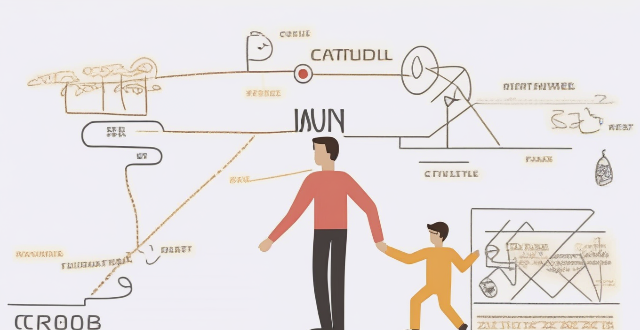Communication protocols play a crucial role in managing errors and congestion in a network. They use various techniques such as checksums, acknowledgments, timers, traffic shaping, congestion control, and error recovery mechanisms to ensure reliable and efficient data transmission between devices on a network.

Communication Protocols: Managing Errors and Congestion in a Network
Communication protocols are essential for managing errors and congestion in a network. They define the rules and procedures for data transmission between devices on a network. In this response, we will explore how communication protocols manage errors and congestion in a network.
Error Management
Checksum
One common method used by communication protocols to detect errors is the checksum. A checksum is a value that is calculated from the data being transmitted and included with the data. The receiving device recalculates the checksum based on the received data and compares it to the checksum sent by the sender. If they match, the data is considered error-free. If they don't match, an error has occurred during transmission, and the receiving device can request retransmission of the data.
Acknowledgments
Another method used by communication protocols to manage errors is acknowledgments. When a device receives data, it sends an acknowledgment message back to the sender indicating that the data was received successfully. If the sender does not receive an acknowledgment within a certain time frame, it assumes that an error occurred and retransmits the data.
Timers
Communication protocols also use timers to manage errors. Timers are set to expire after a certain amount of time, and if no response is received before the timer expires, an error is assumed to have occurred. The sender can then take appropriate action, such as retransmitting the data or initiating error recovery procedures.
Congestion Management
Traffic Shaping
One way communication protocols manage congestion is through traffic shaping. This involves controlling the rate at which data is transmitted to prevent overloading the network. Traffic shaping can be achieved through techniques such as rate limiting, where the sender limits the rate at which it sends data, or packet scheduling, where packets are scheduled for transmission based on their priority level.
Congestion Control
Another method used by communication protocols to manage congestion is congestion control. This involves monitoring network traffic and adjusting transmission rates accordingly. Congestion control can be achieved through techniques such as slow start, where the sender starts with a low transmission rate and gradually increases it until congestion occurs, or additive increase/multiplicative decrease (AIMD), where the sender increases its transmission rate slowly but decreases it rapidly when congestion occurs.
Error Recovery
Finally, communication protocols use error recovery mechanisms to manage congestion. When congestion occurs, some packets may be lost or delayed, leading to errors. Error recovery mechanisms allow the receiver to request retransmission of lost or delayed packets, ensuring that all data is eventually delivered successfully.
In conclusion, communication protocols play a crucial role in managing errors and congestion in a network. They use various techniques such as checksums, acknowledgments, timers, traffic shaping, congestion control, and error recovery mechanisms to ensure reliable and efficient data transmission between devices on a network.